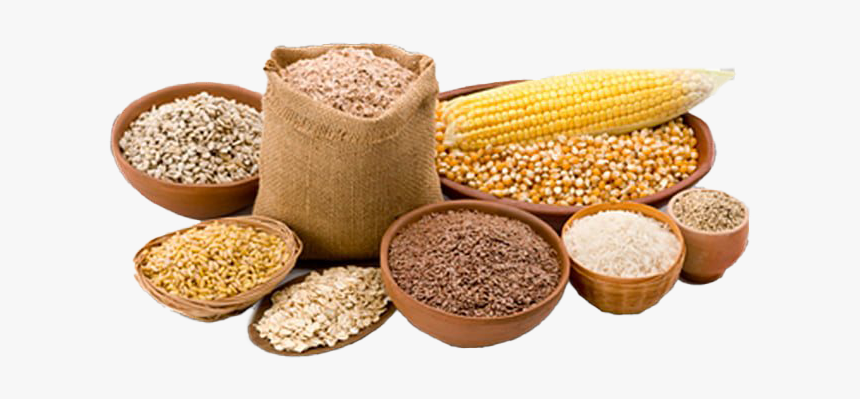
By George Munene
According to data from the USDA Foreign Agriculture Office, soybeans, soybean meal, and corn imports have seen a 72 percent increase from 2012 to 2021. This has been driven by the rise in the cost of livestock feed production.
In 2021, Kenya imported $21.0 million of soybean meal-- a 97 per cent increase from 2017. Soybean imports peaked at $8.5 million in 2020, most of which came from Ukraine. This is expected to rise further.
As the price of feed production and the country’s livestock capacity increases, Kenya is expected to look outside of domestic products to supplement demand.
Related News: Group buying enables farmers purchase feeds for 20% less
The Government of Kenya (GoK) has made key animal feed ingredients (yellow maize, soybeans, soy meal, cottonseed cake, sunflower seed cake, white sorghum, and fish meal) exempt from import duties in an effort to curb these rising feed prices.
The majority of grain imports to Kenya are for human consumption with most feed products a by-product of their processing. Kenya’s reticence to embrace genetically engineered (GE) crops means it cannot access cheaper raw materials from global markets.
Related News: Poultry farmers seek feed alternatives as prices soar
Related News: Reprieve for farmers & consumers as gov suspends maize, animal feed levies
Currently, raw materials for feed including cereals, soybeans, and oilcake are majorly imported from EAC and Common Market for Eastern and Southern Africa (COMESA) member states such as Uganda, Zambia, Malawi, and Tanzania, due to low tariffs, geographical proximity, and GE-free products.
However, as the broader Eastern Africa region suffers from the worst droughts in over 40 years and high fertilizer prices, Kenya will be forced to look for alternative sources of grain.